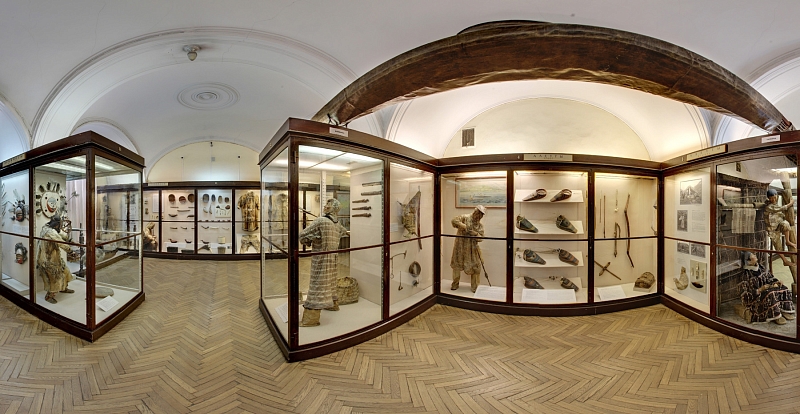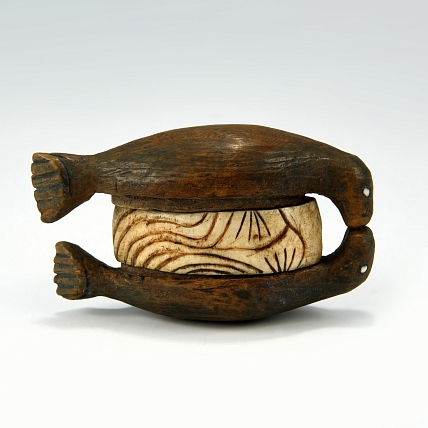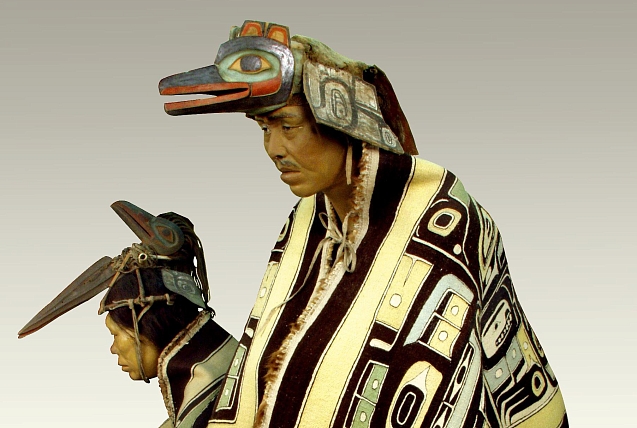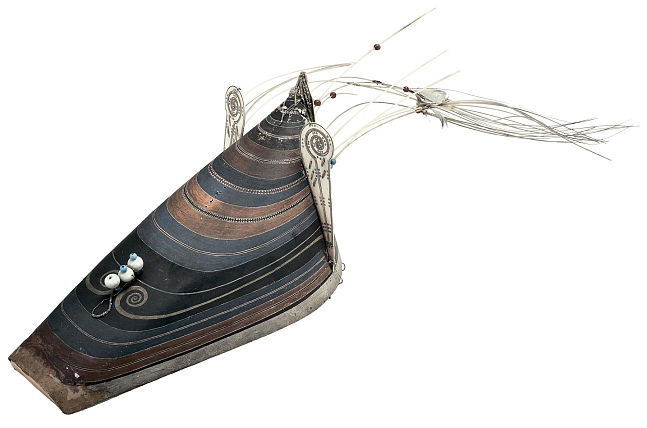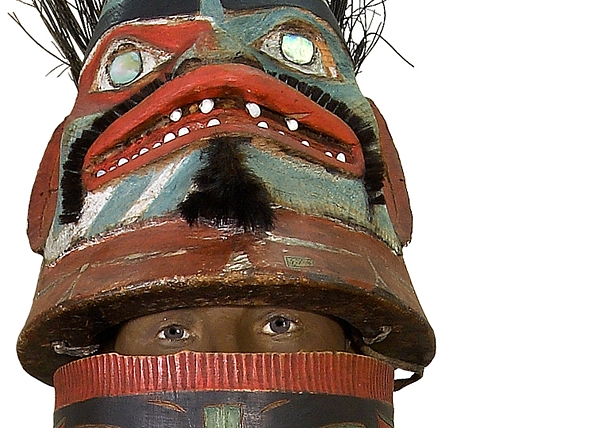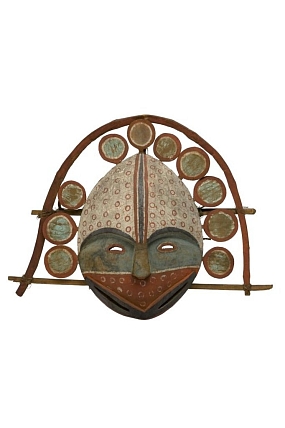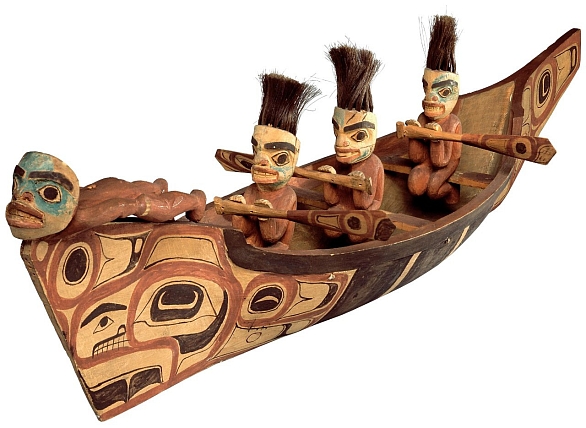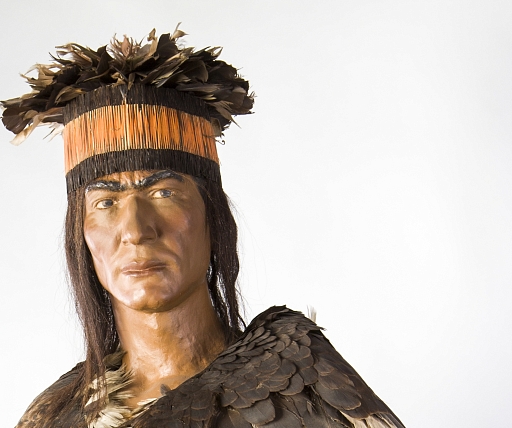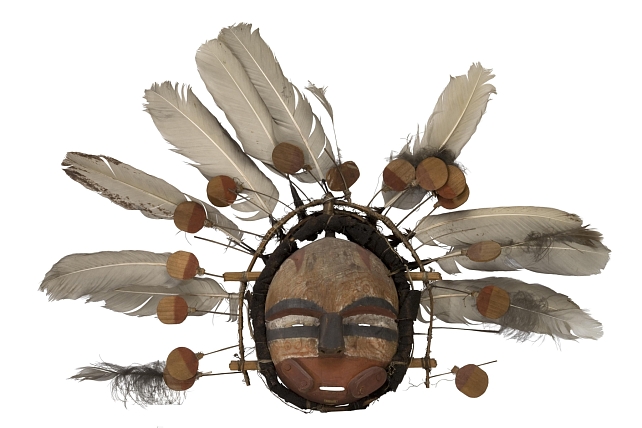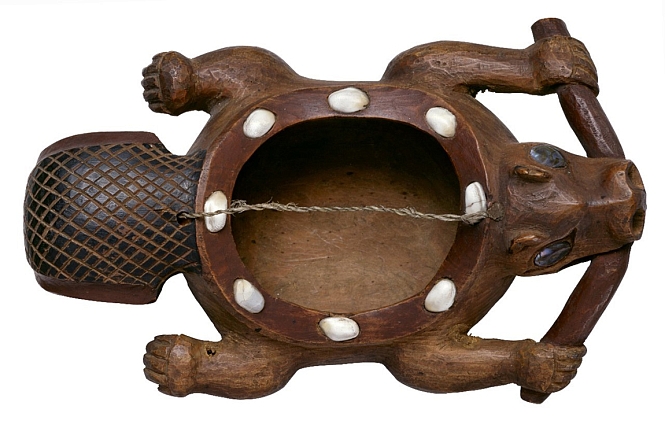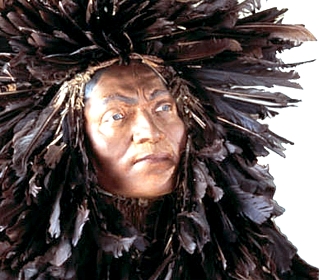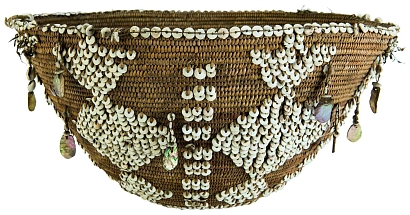- Visit Us Safely
- Opening Hours
- Getting Here
- Admission and Tickets
- Exhibitions
- Virtual 3D Tour
- Kunstkamera Mobile Guide
- History of the Kunstkamera
- The Kunstkamera: all knowledge of the world in one building
- Establishment of the Kunstkamera in 1714
- The Kunstkamera as part of the Academy of Sciences
- The Kunstkamera building
- First collections
- Peter the Great's trips to Europe
- Acquisition of collections in Europe: Frederik Ruysch, Albert Seba, Joseph-Guichard Duverney
- The Gottorp (Great Academic) globe
- Siberian expedition of Daniel Gottlieb Messerschmidt
- The Academic detachment of the second Kamchatka expedition (1733-1743)
- 1747 fire in the Kunstkamera
- Fr.-L. Jeallatscbitsch trip to China with a mission of the Academy of Sciences (1753-1756)
- Siberian collections
- Academy of Sciences' expeditions for geographical and economic exploration of Russia (1768-1774)
- Research in the Pacific
- James Cook's collections
- Early Japanese collections
- Russian circumnavigations of the world and collections of the Kunstkamera
- Kunstkamera superintendents
- Explore Collections Online
- Filming and Images Requests FAQs
North America
The exhibition “North America” is a journey from the north to the south, from Alaska to California. It reveals to us the beauty of the traditional culture of American Indians of the first half of the 19th century. Active acquisitions to the American collections of the museum began in the second half of the 18th century as Russia opened up the Aleutian Islands and Alaska.
Canoes and turning harpoons, stepping skies and snow houses, sledges and fur parkas (items made by the Eskimos and Aleuts – the great sea hunters of the Arctic) allow us to learn of the culture of the peoples of the northernmost region of the planet and to be amazed by the achievements of Arctic civilisation.
Of special pride to the museum are the Aleut wooden headdresses for sea hunting; the suede clothing of Athabaskans, decorated with embroidery from the needles of porcupines; items from the equipment of Tlingit warriors and attributes of Tlingit shamans; ritual costumes made of feathers and woven baskets of Californian Indians; pueblo ceramics and fabrics.
The collections of northern Atabaskans and Tlingits are among the earliest on ethnography of the native population of America in the world. The most valuable exhibits are items acquired in the first half of the 19th century, when the peoples of Russian America preserved the main features of traditional culture and were little affected by European influence.
Taking us deep into the continent, the exhibition shows us the cultures of Indians of the Valleys and the Iroquois of the Great Lakes region, the Pueblo Indians of the southwest USA and the Indians of California.
The world of the Amazonian Indians, which is inaccessible even today, is revealed in a small exhibition dedicated to the expedition of G.I. Langsdorf to the Indians of South America in the mid-19th century.
